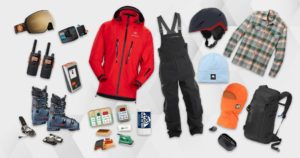Updated August 9, 2023 by Brianna Lee. This post may contain affiliate links at no extra cost to you. We’ll be sure to buy lift tickets with any proceeds.
So your skis need a fix? Maybe they have a deep scratch or have peeling layers. Epoxy is an essential tool when it comes to ski maintenance and repair. It provides a strong, waterproof bond that gives one of the best chances in fixing skis.
Whether you’re a novice or an experienced ski enthusiast, understanding how to use epoxy correctly can help you fix a pair of damaged skis. Let’s take a look at how you fix a pair of damaged skis using epoxy and which epoxy to use.
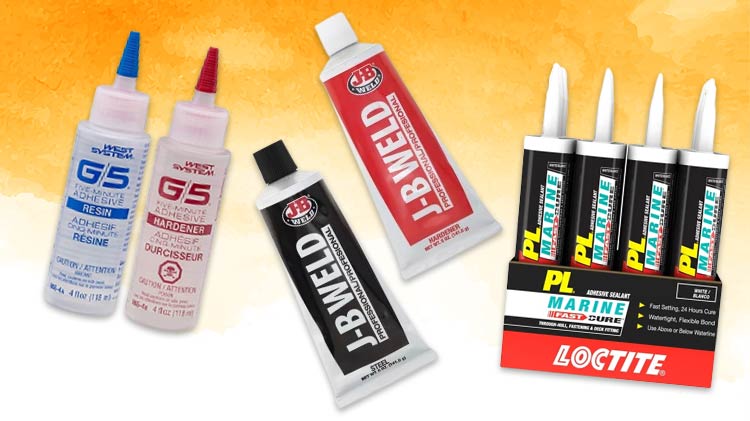
How Epoxy Can Fix a Pair of Skis or Snowboard
Epoxy is one of the most popular and effective materials for repairing a pair of skis or snowboards. It is a great alternative to P-tex and can be used to repair larger cracks than just dents and dings. As epoxy is waterproof, it works particularly well in snowy conditions, making it an ideal choice for ski repairs.
Using epoxy to fix your skis or snowboard is a relatively simple process that requires minimal tools. First, you need to clean the damaged area thoroughly with rubbing alcohol. Then mix together equal parts of the epoxy and hardener before spreading the mixture over the cracked area.
You may need to use a brush depending on how big the crack is. Paint it into the deepest depths of the cracks and try to give it a level finish. If the skis need to be clamped or put in a vice, make sure to do so for drying. Finally, let it dry overnight before testing your fixed skis.
Why is Epoxy Used to Fix Skis and Snowboards
Epoxy is a popular material used in ski and snowboard repair because of its flexible properties. It is similar to plastic, meaning it can be manipulated and stretched during use. When applied correctly, epoxy creates a strong bond that holds up to the wear and tear caused by skiing back on the terrain parks and slopes.
The benefits of using epoxy to fix skis go beyond just being close to plastic. It works well for cosmetic repairs, as it can cover scratches in the base or top sheet of the ski or board without detracting from performance. Epoxy also fills in any gouges in your equipment’s surface, making them almost as close to new as you’ll get.
The beauty of epoxy is its ability to seal out moisture which helps prevent further damage from occurring due to water getting into cracks or crevices. If you leave your skis unfixed then they can go from damaged to unrideable quickly.
Read More:
Skiing Helmet Speakers: 7 Options for Music on the Slopes
5 Recovery Drinks for Skiing & Snowboarding [4 Taste Great!]
What Epoxy Should I Use to Fix Skis?
Epoxy can be a great way to fix up and protect your skis, but with so many different types available on the market, it can be difficult to decide which is right for the job. Luckily, there are 3 main options when it comes to epoxy for ski repair.
The first option is an all-purpose epoxy adhesive that works well on most surfaces and materials. This type of epoxy has good adhesion properties and will provide strong bonding and protection for your skis over time – JB Weld.
The second option is known in the marine industry for its waterproof repair properties – Loctite Marine Grade. The last one we will cover is one you will want to pick up for race skis – Gflex. Let’s look at them.
The Most Popular Epoxy to Fix Skis: JB Weld

For anyone looking to repair their skis, JB Weld is by far the most popular epoxy on the market. Known for its strong adhesive and long-lasting bond, JB Weld has proven itself to be a reliable solution for all types of ski repairs, from fixing a broken binding to repairing cracks in the base of your ski.
Unlike other epoxies, JB Weld is waterproof so you don’t have to worry about it coming undone due to wet conditions or snow melting on your skis. The repair you get with JB Weld is going to be one of the longest-lasting possible. Applying JB Weld can be done at home, so skip the ski shop, grab some and fix up any issues on your skis.
Most Popular
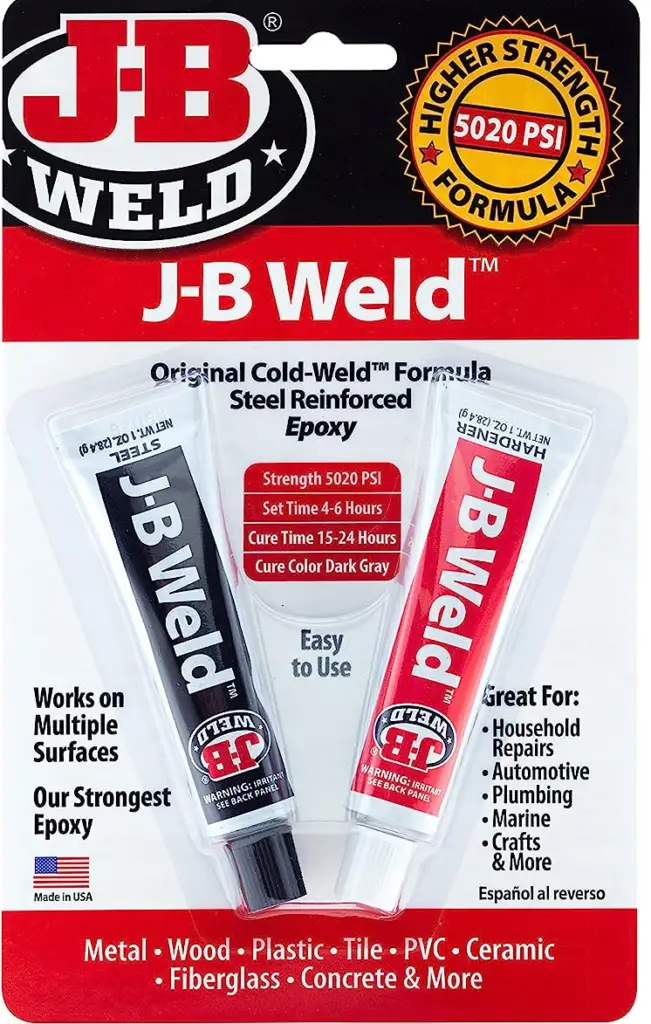
A Solid Waterproof Epoxy: Loctite Marine Grade
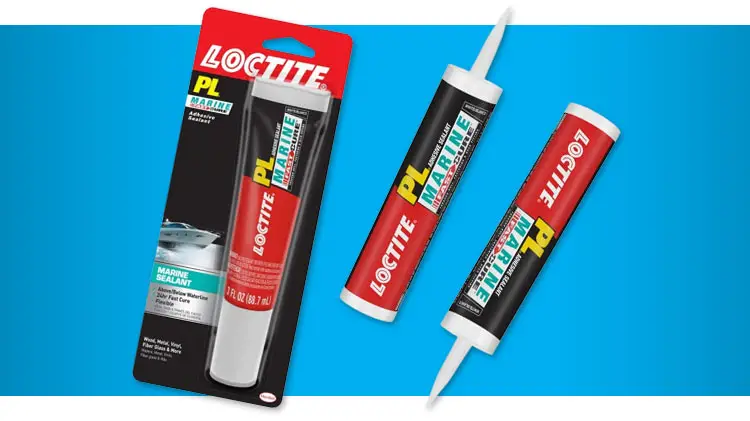
Loctite Marine Grade epoxy is the perfect solution for skis as well since it is super waterproof. It is really just an alternative to JB Weld but some skiers prefer this one for their fix. This waterproof epoxy is formulated to resist moisture, saltwater, and other marine environments. That said, the snow is no issue for it.
It also has superior adhesive properties making it no issue to glue back a splitting layer of skis. All these factors make it one of the best choices to fix your damaged skis.
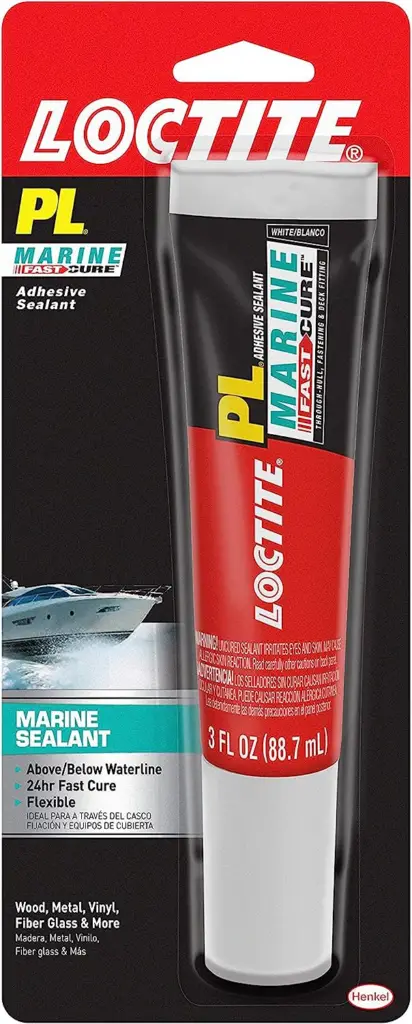
Read More:
Skiing Skill Levels Explained: Find Out Your Skiing Level
4 Best GoPros for Skiing & Snowboarding (Which One to Take)
A Great Epoxy For Race Skis: Gflex Epoxy
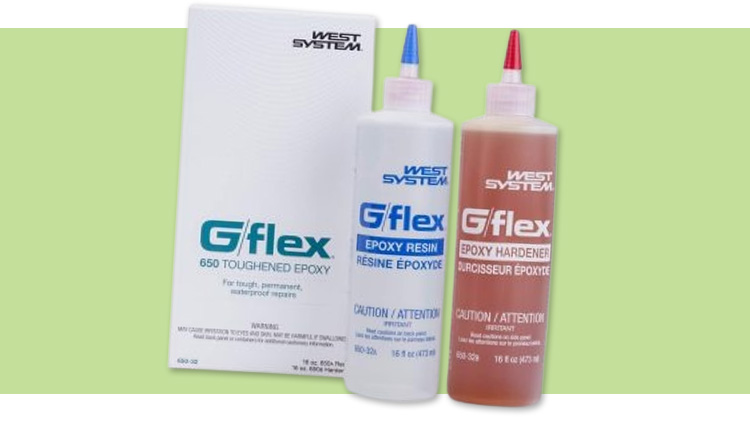
Repairs are easy and reliable when you use Gflex Epoxy on your race skis. This tested and trusted brand of epoxy is known for its exceptional bonding strength, which makes it perfect for the demands of racing. I’ve seen some college race teams that keep Gflex in their kits.
Of course, if the skis are heavily damaged, you won’t be fixing them but if it is something small then Gflex can come to the rescue.
With Gflex Epoxy, skiers can make repairs to their skis that last a long time and remain strong in extreme conditions. If you are going to push your skis to the limit then Gflex is a good option to fix small damage to skis.
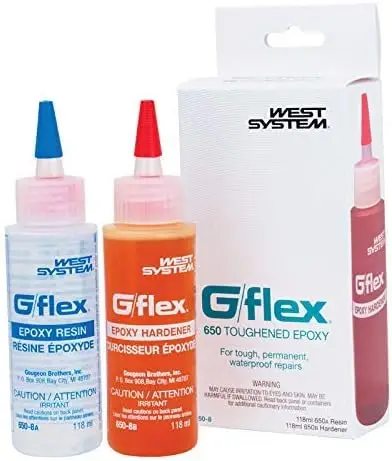
Why Are These Good Epoxies For Ski Repairs
As any seasoned skier knows, skis take a beating on the slopes and need regular maintenance to keep them in top shape. However, not all epoxies are created equal; some are not waterproof and others don’t have the same bonding strength.
The ones we have mentioned are all solid options for skis. These epoxies offer strength and durability so your ski repairs will last a long time if repaired correctly. They create an incredibly strong bond to ensure that your repairs withstand the rigors of skiing season after season.
You just need to catch any damage early and apply the epoxy. Lastly, these epoxy are great for skis because they’re easy to apply and dry quickly so you can get back on the slopes in no time!
You Might Also Like:
- Are Heated Ski Socks Worth It? Here’s What We Think
- 8 Hydration Packs to Take Skiing
- Alta Ski Area: A Wintertime Must Visit
How to Use an Epoxy to Repair Skis
Repairing a pair of skis can be an intimidating task. Your first thought might be to take it to a ski shop but with the right tools, such as an epoxy, and a few simple steps it is quite possible to bring your skis back to life.
The first step in repairing your skis is to mix the epoxy. To do this you need to use equal parts of both components and stir them together until the mixture is combined and creamy. Once the epoxy has been mixed, you can apply it to your skis using a brush or putty knife in order to fill in any cracks or chips that may exist.
Make sure that you spread the mixture evenly over the entire surface area so that there are no gaps or bubbles left behind when it dries. You are going to want to flatten it out and make it as smooth as possible.
Final Thoughts on Which Epoxy You Should Use to Fix Skis
JB Weld and Loctite are clear winners for repairing your skis. JB Weld is a strong, durable and waterproof epoxy that will provide lasting repair to your skis. Meanwhile, Loctite offers a great combination of flexibility and strength that works for repairs as well.
Grab one, fix up your skis and get back on the slopes. It is easier than you think!

Brianna Lee writes for Proper Peaks and lives in Duluth, MN. Her favorite thing about skiing is glades. If you want to find her out on the slopes then that is the first place you should look for her bright pink helmet.
